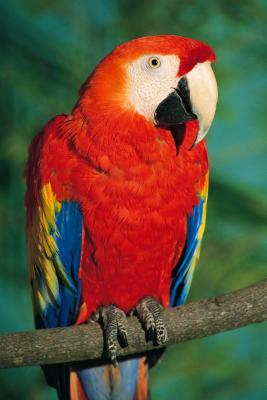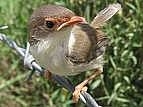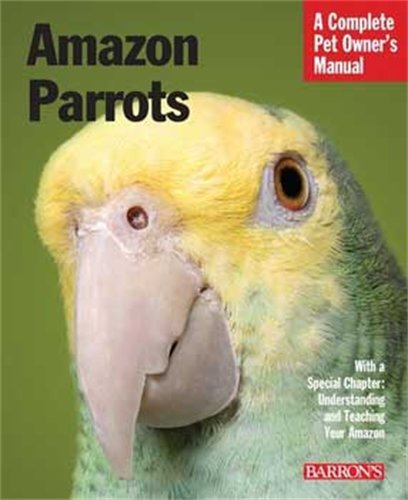For many children, a pet is often thought of as a companion whom they can cuddle, stroke, play with and at times sleep with. Most families have Rabbits, hamsters, love birds, fish, cats and dogs as pets. These days however the trend seems to have changed with iguanas, chameleons and mice topping the charts. Treating an animal as a beloved family member is not difficult, as long as they receive the specialized care they need.
Then, they can make great family pets. Introducing a new animal into the family can be rewarding, fun and exciting. It can also be a steep learning curve when the pet first arrives. Infact, some pets like dogs can be a great physical help for disabled children because they can be trained to perform tasks like opening doors, picking up dropped items, and helping remove clothing are common that the child might not be able to perform on their own. everyday activities that children can accomplish with their dog’s help. Besides just helping with tasks that require physical movement, the dog can also exercise and stretch with the child as a form of physical therapy.
Playing games like throwing a dog toy can make physical movement more fun for the child and can simultaneously improve hand-eye coordination. Dolphins are used to treat Cancer patients because they can smell a disease and keep the patient entertained.Here is some advice for making kids, and pets feel safe, comfortable and happy in each others company.
What To Teach Your Children
1. Teach children to be calm with pets and not shriek and scream with excitement.
2. Even though pets are mostly soft and furry, children mustn’t hold, tug or pull them or yank their fur as though they are playing with a soft toy.
3. Ensure the child plays with the pet under adult supervision. Things can go wrong quite fast between an inquisitive young child and an animal.
4. Your children should learn that pets have their own moods just like they have. According to Dr. Emily Patterson-Kane, an Animal Welfare Scientist, children must learn not to bother a puppy or kitten when it's sleeping or resting.
5. Teach the children how to look after their pets with manicure, pedicure and pet grooming on a regular basis, before they call themselves owners.
6. Treat animals Kindly Sometimes children kick or hurt their pets with rough behavior. Explain that all animals want to feel safe and loved, and that they should never hit, or kick their pet.
7. Realize the new pet will be annoying at times. Help your child understand that bringing an animal home isn't just fun, means an addition in terms of family responsibility like feeding, bathing the pet and arranging for timely vaccinations.
8. Understand the dog or cat might play favorites. Sometimes a new puppy or kitty may seem to prefer one person in the family over another, and this can lead to hurt feelings by the other family members. Ask your little ones to be patient as the pet may take awhile to come around.
9. Be responsible. Teach your child it is the entire family's responsibility to take care of the new pet and to give it a loving and happy home.
Cat hair, dog fur are all part and parcel of a new pet. Take in a new pet and they come for free. However, as per the rules and policies of Pet adoption agencies in the country child in a household be under 6 years of age. That’s because children also have to be trained before they accept a new pet into the family. Parents should never leave children under the age of 10 alone and unsupervised with pets. It is not the child's or the pet's responsibility to behave.

 Old School New Body Pdf
It is wise need you. You will a dedicated mind. You need ma
Old School New Body Pdf
It is wise need you. You will a dedicated mind. You need ma
 A Guide to Song Group Canaries
The Three Canary Groups - Co
A Guide to Song Group Canaries
The Three Canary Groups - Co
 How to Disinfect a Bird Cage and Bird Toys
How to Disinfect a Bird Cage and Bird Toys
How to Disinfect a Bird Cage and Bird Toys
How to Disinfect a Bird Cage and Bird Toys
 How to Make Squirrel Proof Bird Food Seed
How to Make Squirrel Proof Bird Food Seed
How to Make Squirrel Proof Bird Food Seed
How to Make Squirrel Proof Bird Food Seed
 The Blue
ParrotsThat TalkThe Blue-Che
The Blue
ParrotsThat TalkThe Blue-Che